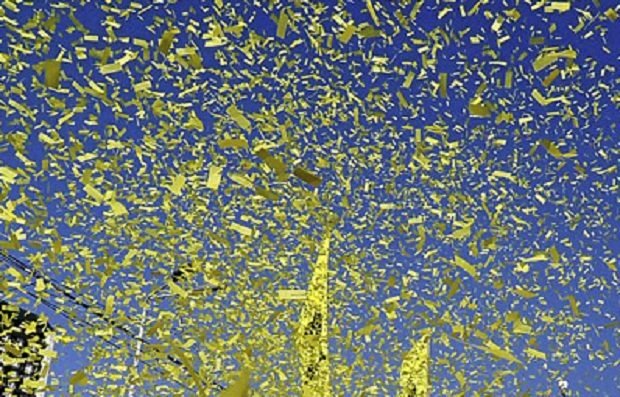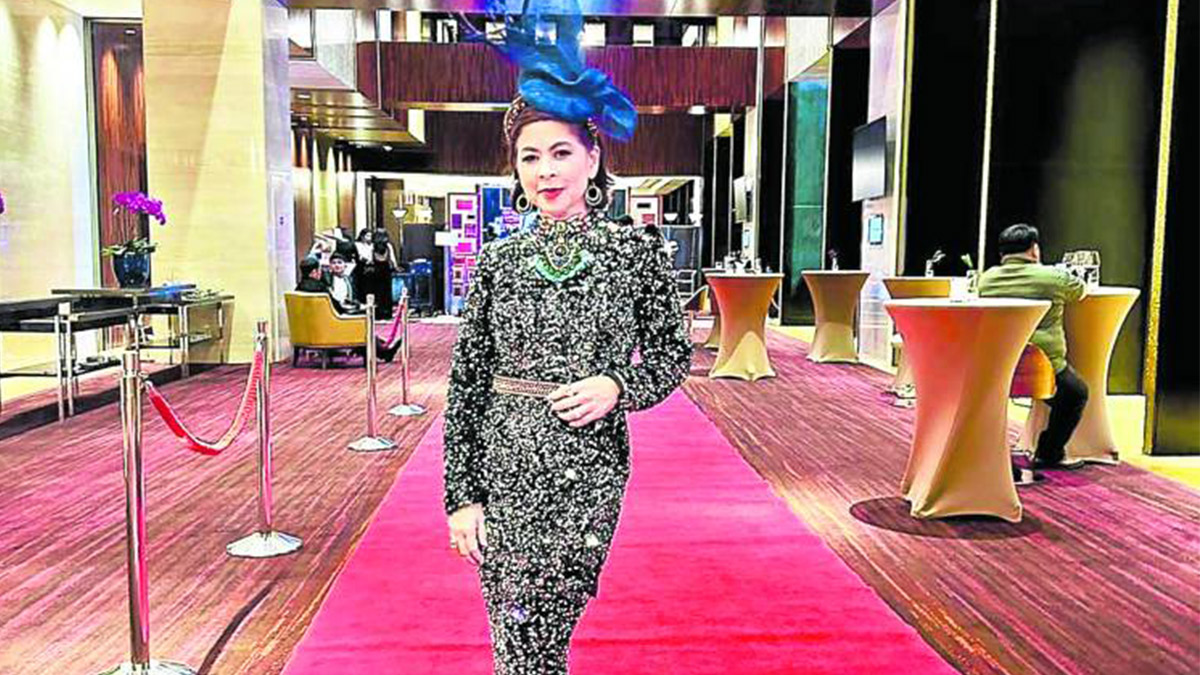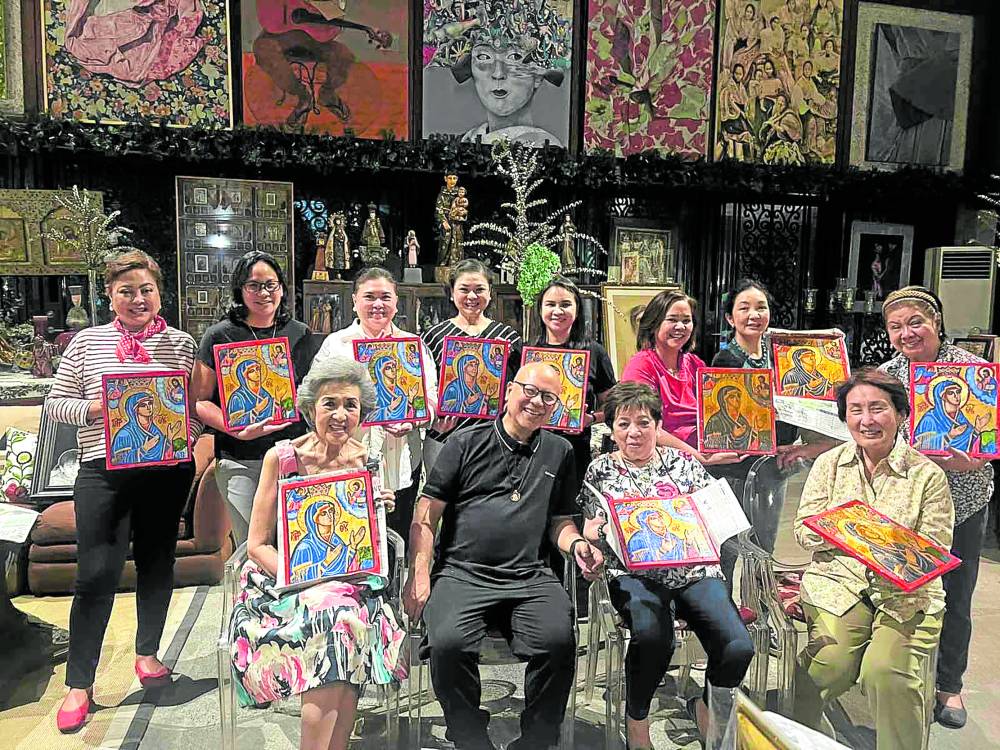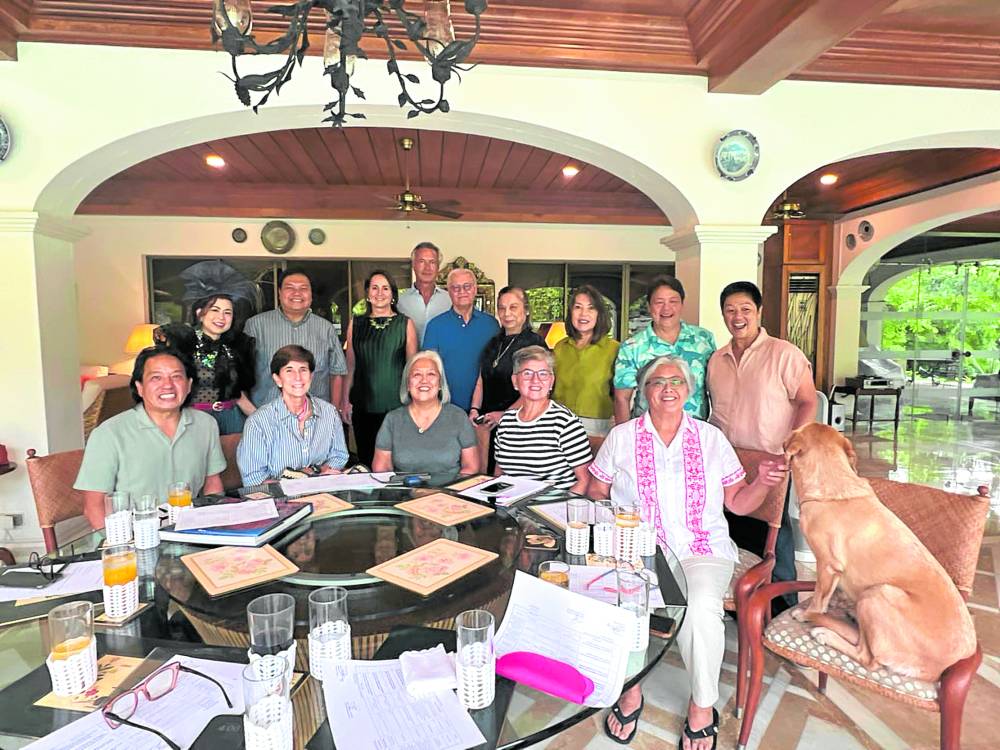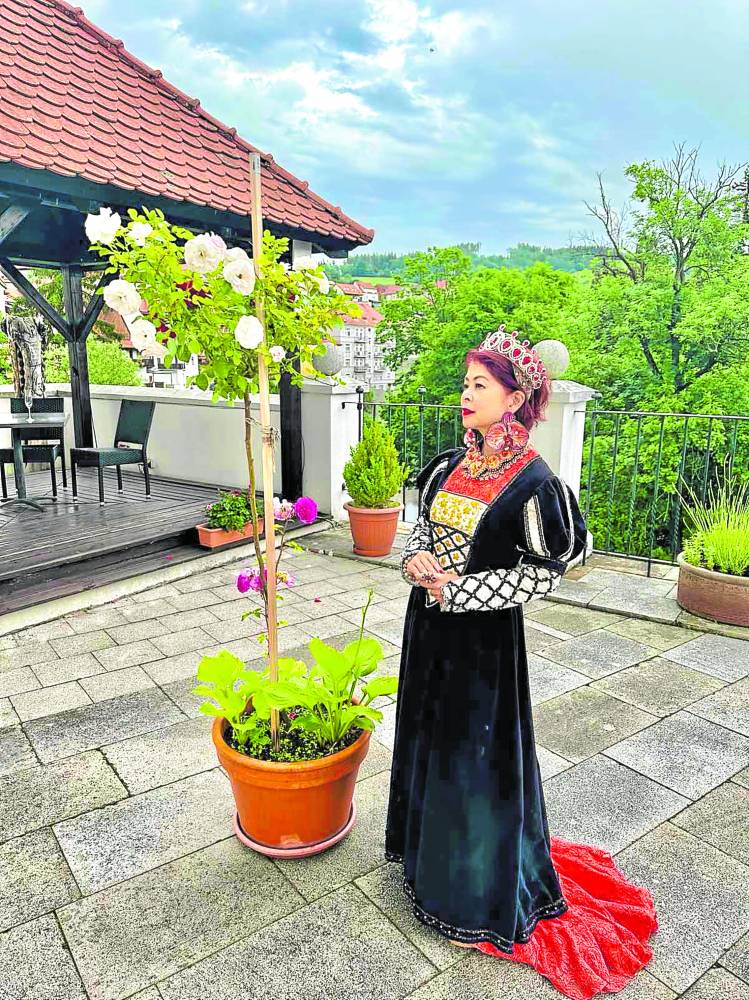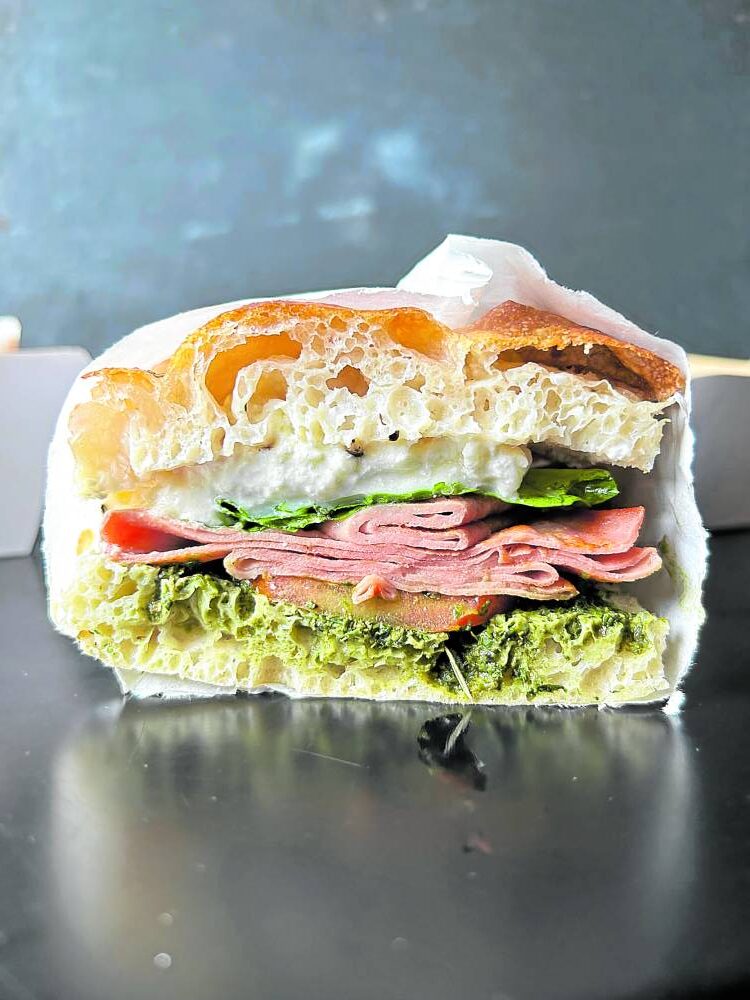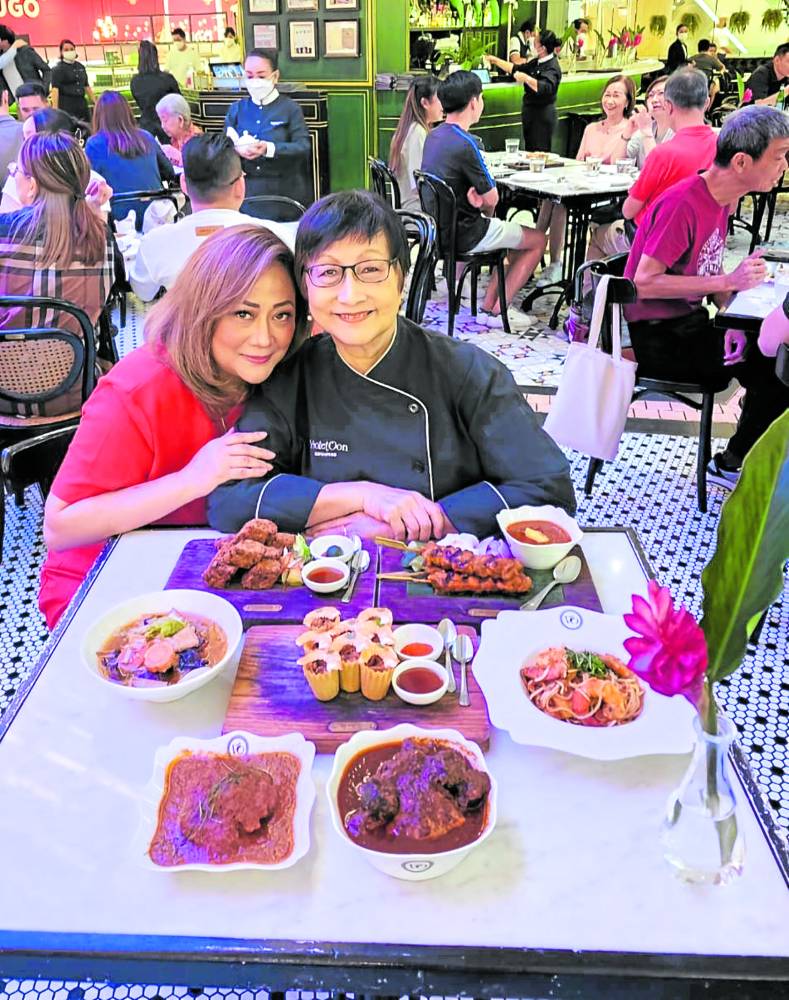Last Feb. 25, guests came in various shades of yellow for a birthday dinner, and the celebrator was happy to remind everyone of the historical significance of the color. But that’s getting ahead of the story.
I have five lovely daughters, all of whom live here except the eldest, Maysie, who lives in the United States. I didn’t realize how much she missed our important family occasions until she suddenly decided to come over for my birthday.
I was very happy because this would be the first time in years our family could be complete.
When my daughters asked me if I had any special request, I replied that they ask the guests, composed mostly of close relatives, to wear something yellow as our modest way of helping celebrate Edsa Day, on which my birthday falls.
I also thought it was high time to help restore the original meaning of the color yellow, which has been getting a bad rap lately. I felt strongly that we should revisit its roots in our history.
Single color of protest
Although primarily associated with Edsa, the use of yellow started way before that historic event. As one of a dwindling number of Filipinos who lived through all the dark years of martial law, I know it evolved as the single color of protest against the Marcos dictatorship, starting during Ninoy Aquino’s imprisonment and exile, and inspired by one of his favorite songs, “Tie a Yellow Ribbon.”
I distinctly remember that on Aug. 20, 1983, the eve of his announced arrival from exile in the United States, his supporters were tying yellow ribbons along Edsa, his expected route from the Manila International Airport. I myself was with a group surreptitiously putting up ribbons outside Magallanes and San Lorenzo villages up to past midnight.
Ninoy never saw those welcoming yellow ribbons because he was not to leave the airport alive the next day, Aug. 21, a Sunday.
But that tipping point gave rise to the “yellow fever” which toppled the dictatorship less than three years later. From August 1983 to February 1986, the streets of Metro Manila and other cities all over the country turned yellow with the banners, placards, streamers and balloons carried by protesters in unending marches and rallies.
On Ayala Avenue, yellow confetti from thousands of shredded yellow pages of telephone directories rained down from the high-rise buildings along the route of protest marches. These unabated displays of yellow culminated in Edsa, dramatically highlighted by Cory Aquino being sworn in as President in a bright yellow dress at Club Filipino on Feb. 25, 1986.
Color revolutions
But it did not end there. In the days and weeks that followed, yellow souvenirs of all kinds were selling like hotcakes on many city streets, especially those in the vicinity of Malacañang Palace. Locals and foreign tourists alike were swept up in the euphoria of democracy restored without bloodshed. T-shirts proudly proclaiming bold messages such as “I am a member of the Unarmed Forces of the Philippines” said it all for the phenomenon of peaceful People Power.
I accompanied the regional director of my company’s multinational US partner on a walking tour along the festive streets near Malacañang. To my surprise, he bought a dozen of these yellow T-shirts. When I asked him why he bought so many, he merely smiled.
One month later, I received a large, framed photograph showing all the members of the board of directors of our multinational partner wearing the yellow T-shirts, grinning before the camera and making the L (Laban) sign! It seemed that the whole world was celebrating with the Filipino people.
But that was just the beginning. In the years that ensued up to today, many other countries have followed in the footsteps of the Philippine model of nonviolent protest in their own efforts against authoritarian or corrupt regimes. Not surprisingly, these are collectively called “color revolutions” because their peoples rallied behind their own chosen colors (and flowers).
Unique legacy
Under a yellow standard, the Philippines is the forerunner and exemplar of modern, nonviolent national movements for the restoration of democratic ideals and institutions. This is a unique legacy we should forever be proud of, even if subsequent events have shown that we have not been able to fully realize the original promise of Edsa, because we keep electing leaders who have their own self-serving agendas.
Throughout history, particular colors have consistently identified significant movements and causes, and even sociopolitical ideologies. We should, therefore, not allow the original meaning of the color we have chosen to rally behind—yellow—to be trivialized and given a pejorative connotation.
The term dilawan (the yellow ones), used by a national leader as a demeaning label for those who dare to oppose and criticize what they perceive as wrong policies and misgovernance, cannot be accepted as a replacement for what the color yellow originally stood for—a people’s unrelenting struggle against authoritarianism for the restoration of democracy and its guarantees. Included in all this is the right to legally and peacefully oppose, criticize and protest without being harassed and persecuted.
To recapture and articulate, albeit in a modest way, the true significance of the color yellow in our nation’s history is the reason I asked the guests in my Feb. 25 birthday celebration to come in yellow. This they did. Proudly.—CONTRIBUTED

